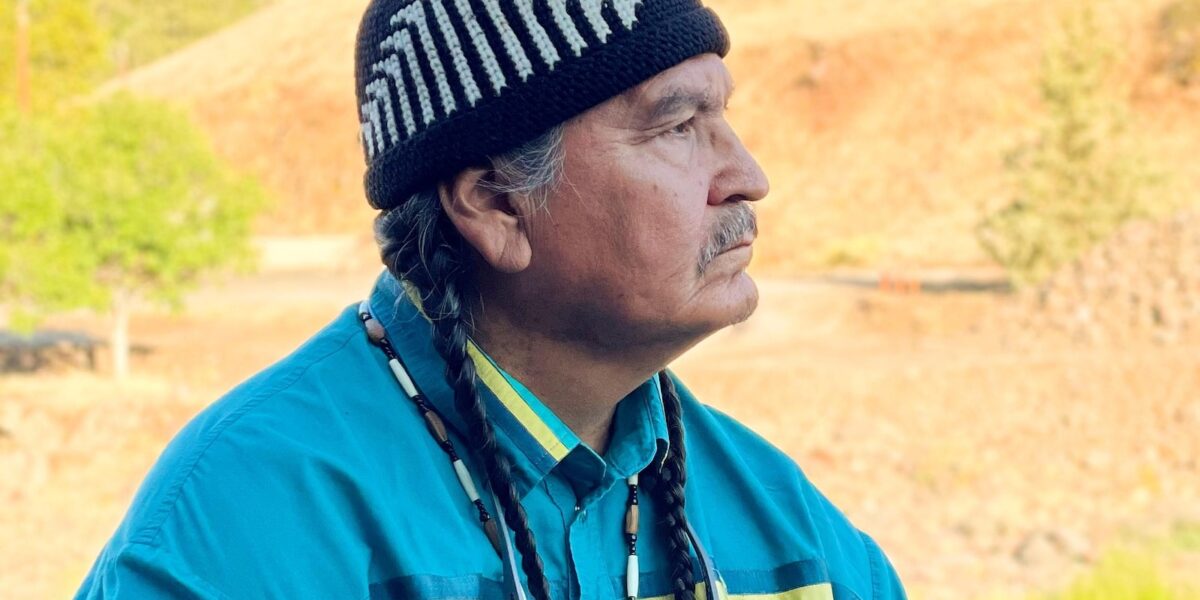The largest dam removal project in U.S. history was completed Wednesday, marking a major victory for tribes in the region who fought for decades to free hundreds of miles of the Klamath River near the California-Oregon border.
Through protests, testimony and lawsuits, local tribes showcased the environmental devastation due to the four towering hydroelectric dams, especially to salmon, which are are culturally and spiritually significant to tribes in the region. The dams cut salmon off from their historic habitat and caused them to die in alarming numbers because of bad water-quality conditions.
Without the tribes’ work “to point out the damage that these dams were doing, not only to the environment, but to the social and cultural fabric of these tribal nations, there would be no dam removal,” said Mark Bransom, chief executive of the Klamath River Renewal Corporation, the nonprofit entity created to oversee the project.
Power company PacifiCorp built the dams to generate electricity between 1918 and 1962. But the structures halted the natural flow of the waterway that was once known as the third-largest salmon-producing river on the West Coast. They disrupted the lifecycle of the region’s salmon, which spend most of their life in the Pacific Ocean but return to the chilly mountain streams to lay eggs.
At the same time, the dams only produced a fraction of PacifiCorp’s energy at full capacity — enough to power about 70,000 homes. They also didn’t provide irrigation, drinking water or flood control, according to Klamath River Renewal Corporation.
Since breaching the dams, salmon regained access to their habitat, water temperature decreased and its quality improved, said Michael Belchik, senior water policy analyst for the Yurok Tribe.
But tribal advocates and activists see their work as far from finished, with some already refocusing their efforts on revegetation and other restoration work on the Klamath River and the surrounding land.
Here’s a look at just a few of the many tribal members at the center of this struggle for dam removal:
When Karuk tribal member Molli Myers took her first major step into the fight for Klamath dam removal, she was six months pregnant, had a toddler in tow and was in a foreign country for the first time. It was 2004 and she had organized a group of about 25 tribal members to fly to Scotland for the annual general stockholders meeting for Scottish Power, PacifiCorp’s parent company at the time.
For hours, they protested outside with signs, sang and played drums. They cooked fish on Calton Hill over a fire of scotch barrels and gave it out to locals as they explained why they were there.
“I really felt an urgency because I was having babies,” said Myers, who was born and raised in the middle Klamath in a traditional fishing family. “And so for me I was internalizing the responsibility to take care of their future.”
The initial trigger for her to act came two years before that when she saw some of the tens of thousands of salmon die in the river from a bacterial outbreak caused by low water and warm temperatures.
“Looking back on it now I wonder where would we be if that hadn’t happened,” said Myers, 41. “Looking back on it now I can say, ‘Was this our creator’s call to action?’”
She spent the next two decades protesting and flooding state and federal meetings with tribal testimony, including waiting with other tribal members at the doors of a Berkshire Hathaway shareholder meeting at 4 a.m. in 2007 to ask Warren Buffett what he was going to do about the dams. PacifiCorp was at that point part of Buffett’s Berkshire Hathaway Inc. conglomerate.
Today, those same children with her in Scotland are 21 and 19, and with the dams gone Myers said she sees the hope they and her other three children have about the future.
“They can do whatever needs to get done because they saw it happen, they lived it, so now there’s no impossible for them,” she said.
For Yurok elder Jacqueline Winter, her feelings on the newly free-flowing river are more complicated. The 89-year-old’s son, Troy Fletcher, was the tribe’s point person for dam removal for two decades, testifying in front of the U.S. Congress and presenting to state and federal regulatory committees.
But his true power came through his ability to bring people with radically conflicting viewpoints — from farmers to commercial fishers to tribal members — together. Winter said that came from his belief that everyone living along the river are relatives and deserve to be heard.
“We’re all family. None of us can be left hurting and all of us have to give a little,” she said was his message.
But at 53, the former executive director for the Yurok Tribe died unexpectedly from a heart attack, nearly a decade before that vision of a free-flowing river would finally be realized. Winter said when she saw the dams breached last month, it felt like his spirit was there through those he touched and she could finally let him go.
“His vision became reality and I think he never doubted it,” she said. “He never doubted it. And those who worked closely with him never doubted it.”
Former Klamath Tribes Chairman Jeff Mitchell’s work since the 1970s for dam removal came out of the belief that the salmon are their relatives.
“They were gifted to us by our creator and given to us to preserve and to protect and also to help give us life,” said Mitchell, chair of the tribe’s Culture and Heritage Committee. “As such, the creator also instructed us to make sure that we do everything in our power to protect those fish.”
The Klamath River’s headwaters lie on the tribe’s homelands in Oregon, and members once depended on salmon for 25% of their food. But for more than a century their waters have not held any salmon, he said.
Mitchell and other tribal members’ fight to bring them back has cycled through several forms. There were the years of protesting, even gathering carcasses of fish after the 2002 fish kill and leaving them on the doorsteps of federal office buildings. There were his days of walking the halls of the state Legislature in Salem, Oregon, meeting with lawmakers about the millions in funding needed to make dam removal happen.
Today, he said he feels like they achieved the impossible, but there’s still more work to do.
“I’m happy that the dams are gone and we have passage,” he said. “But now I’m thinking about what are those fish coming home to? And that’s really the focus now, is how do we get the parties to start taking restoration actions and making that the top priority in all of this?”


